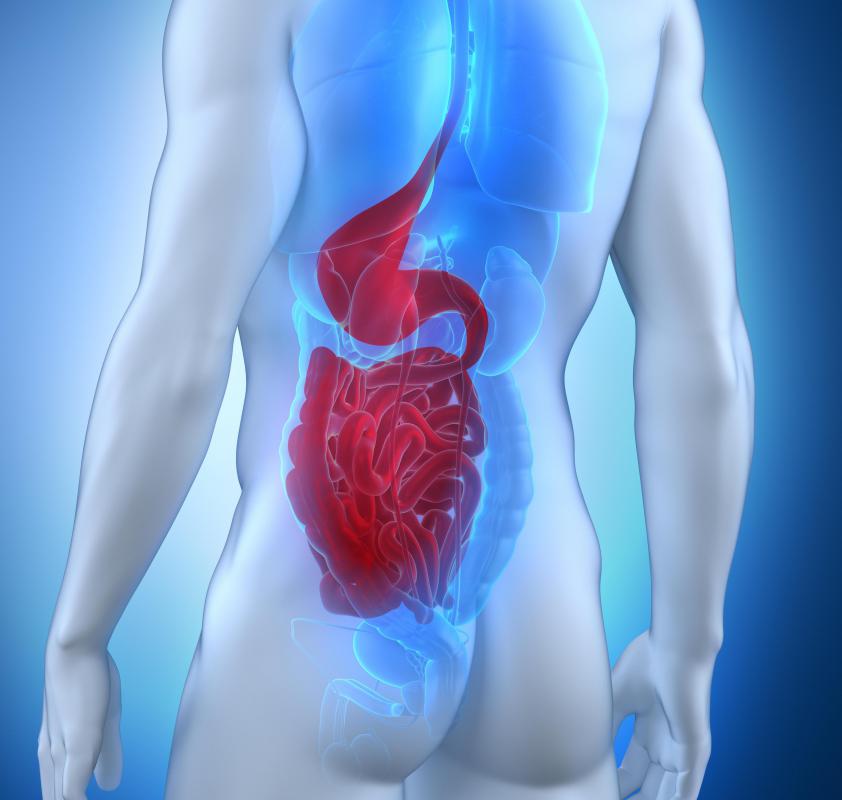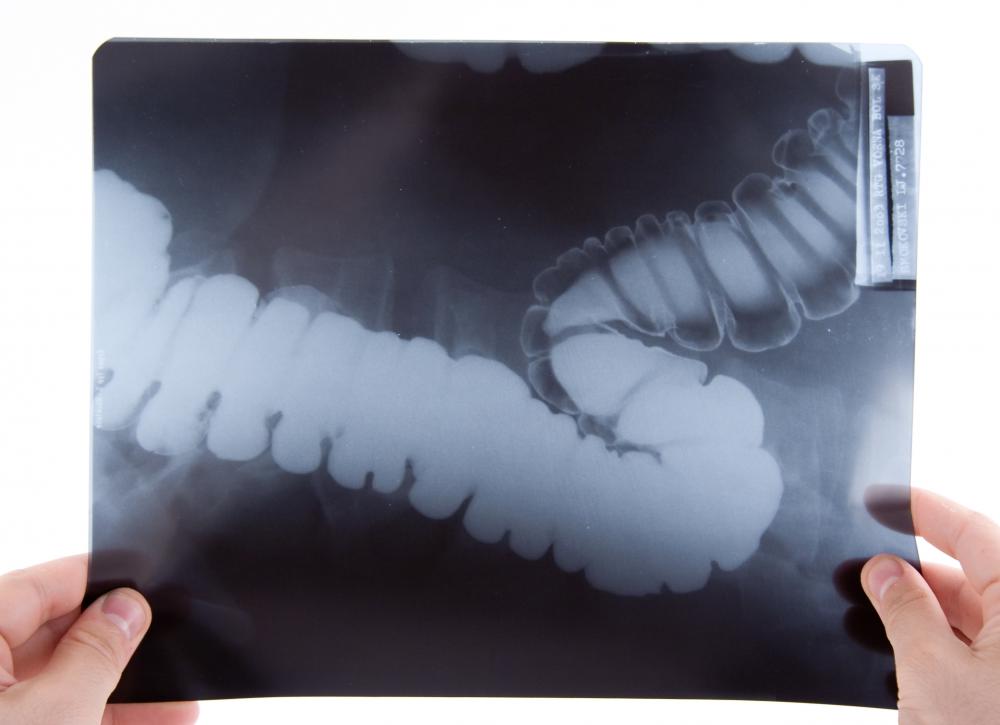At TheHealthBoard, we're committed to delivering accurate, trustworthy information. Our expert-authored content is rigorously fact-checked and sourced from credible authorities. Discover how we uphold the highest standards in providing you with reliable knowledge.
What is Necrotic Enterocolitis?
Necrotic enterocolitis is a gastrointestinal disease commonly found in premature infants. It involves inflammation and infection in the intestine, causing tissue death. The cause of necrotic enterocolitis is unknown, but one theory suggests that premature infants suffer from weakened intestinal tissue caused by not enough blood flow or oxygen. When feedings are introduced to an infant, the flow of food can allow bacteria found in the intestine to invade intestinal tissue. Prematurely born infants who are formula fed are at a greater risk for developing necrotic enterocolitis.
Most often, necrotic enterocolitis occurs after milk feeding has begun. Symptoms can be different from infant to infant but typically include feeding intolerance, bloody stools, abdominal swelling and redness. Less-subtle symptoms might include diarrhea, breathing apnea, lethargy and fluctuations in body temperature. Severe cases of necrotic enterocolitis can be life threatening when bacteria is leaked into the abdomen by a hole that develops in the intestine. This condition is known as peritonitis.

Necrotic enterocolitis is often diagnosed with intestinal X-rays. A surgical procedure can be performed to determine whether there is a hole in the intestine. This procedure involves a needle being inserted into the abdominal cavity and the fluid being withdrawn.
After the presence of necrotic enterocolitis has been determined, most infants can be treated medically without surgery. Treatment includes feedings done intravenously and the administering of antibiotics to treat infection. Often, a tube is inserted through the nasal passages into the stomach in order to remove fluid and air from the intestine. Blood samples are taken to test for the presence of bacteria, and the infants' stools are closely monitored for the presence of blood. If the infant experiences breathing apnea, oxygen typically is administered with a ventilator to help the baby breathe.

The majority of infants who suffer from necrotic enterocolitis will recover after a full course of antibiotics and intravenous feedings. If the infant has suffered from intestinal tears or does not recover after a treatment of antibiotics, surgery often is performed. During surgery, a portion of the diseased intestine is removed.
One complication when surgery is performed can be malabsorption. Malabsorption occurs when the bowel is unable to absorb nutrients normally and is often referred to as short bowel syndrome. Treatment for malabsorption can include intravenous feeding, small bowel transplant and surgical lengthening of the intestine.
AS FEATURED ON:
AS FEATURED ON:













Discuss this Article
Post your comments